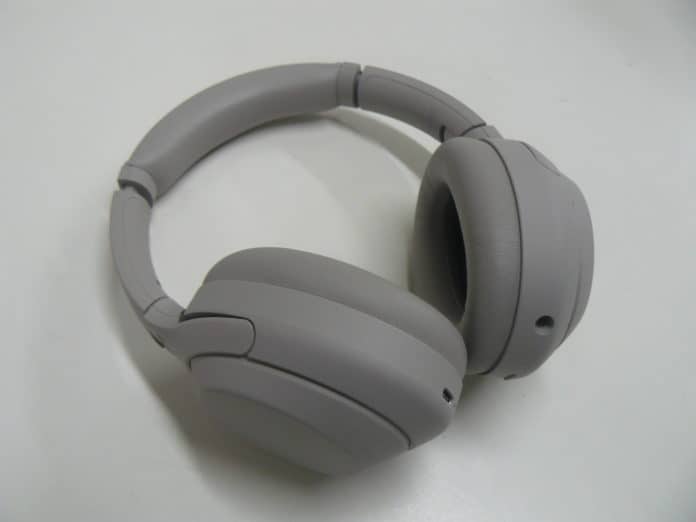One of the more popular headphone lines we like to cover on MajorHiFi is Sony’s WH -1000X line. This year sees the release of the XM4, a hot button item in consumer noise-canceling Bluetooth headphones. In terms of noise-canceling technology, Sony has really lead the pack. Their qualities show with innovative designs, features, and usability. However, I’ve never felt too enthusiastic about their sound signature. It’s not terrible by any means, and you can make an argument that you’re getting exactly the sound you pay for. Even though the sound fidelity isn’t my cup of tea, people still very much enjoy it, and they’ll already be happy with the XM4 no matter how many crazy features it comes with. There are some differences between the new XM4 and previous models from this line, and we’re going to get into them properly.
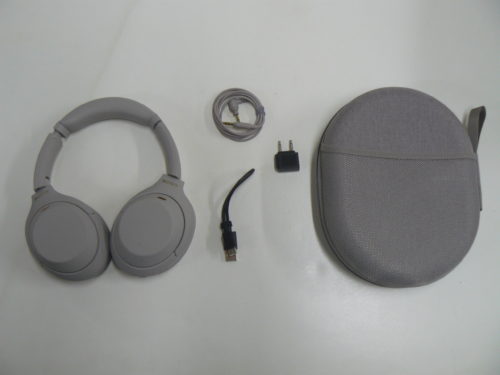
What You Get
Most of the XM4s “business” goes on inside the headphone, so the accessories are limited with the XM4. The packaging mainly includes the bare necessities for a wireless headphone, starting with a carrying case that the XM4 folds into. The rest of the contents come inside the case, including a USB type C charging cable, airplane adapter, and 3.5mm headphone cable for a wired connection.
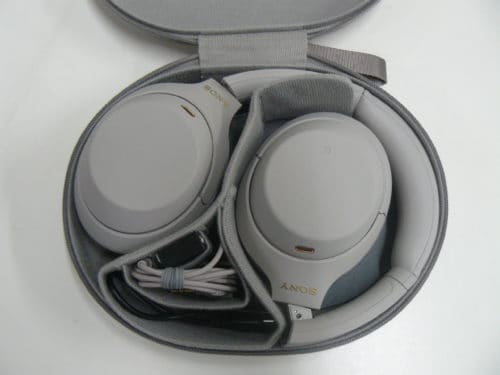
Look and Feel
If you’re familiar with this line, then the XM4 won’t surprise you, it’s exactly the same design, and can be easily mistaken for previous models just at a glance. Housing, headband, and earcups are all the same, which isn’t a complaint. If it ain’t broke don’t fix it, and I don’t think anyone has taken issue with the look of this series. They keep the same sleek, simplistic look that’s appealing to anyone looking for an un-obtuse pair of cans. They feel just as fine as well. The earcups and foam pads may still be flimsy, but they do the job and provide a comfortable enough listening experience.
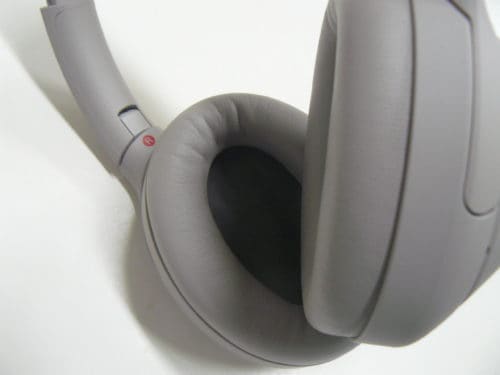
Design and Functionality
The XM4 is a closed-back headphone that implements a dynamic, dome-type driver unit with a neodymium magnet, and aluminum-coated diaphragm. It makes the XM4 a capable headphone and one that has the potential to reproduce a good amount of frequency information, with the frequency response between 4Hz-40kHz in active mode. These specs are fairly neat for a consumer wireless headphone, and we’ll see how it reflects the sound signature soon. I want to touch on the variety of technology Sony has packed into these headphones.
The thing that stuck out to me the most is their DSEE (Digital Sound Enhancement Engine) which seemingly tries to enhance the resolution of your audio in real-time. What it does is help restore some of the frequency information lost with lossy audio files. I usually listen to Tidal lossless when testing headphones, but I tried Spotify to see if I could spot any major differences. I don’t think lost frequency information was ever fully restored, or came close to what true lossless offers, but you do get a sense of some enhancement, as the color of the tracks showed much more character than Spotify can usually handle.
Knowing this particular line from Sony, I was excited to see how they’ve improved upon the functionality of the device. Most of the touch gestures used on the previous model carry over to the XM4. With the inclusion of Sony’s Headphone Connect companion app, the XM4 has multiple control options. The touch-sensitive faceplate makes a return, and most of the gestures respond quite well. Playback and volume controls have a short delay, but still, work well.
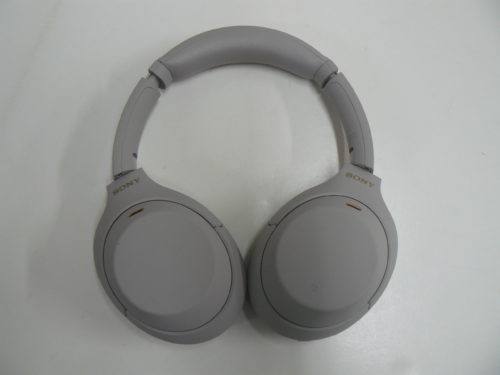
Bluetooth
The main attraction for upgrading to the XM4 is the introduction of a multipoint connection system that will connect the XM4 with two devices at the same time. So say you’ve got the headphones connected to your laptop and your phone, and you receive a phone call. You can easily switch between the two devices without hassle. The Bluetooth connection itself is the latest 5.0 technology. The pairing was fast and seamless, with a high range of bandwidth. Sony incorporates LDAC, AAC, and SBC codecs for a good variety of options for wireless resolution.
Battery Life
The XM4 boasts a significant battery life, with a total of 30 hours of continuous playback time with ANC, and 38 hours without noise-canceling. Charge time is relatively short, only lasting 3 hours until full charge, with only 10 minutes equaling 5 hours of use.
Noise-Canceling
The noise-canceling technology Sony has introduced with the XM has truly broken a lot of ground. Features like adaptive and ambient sound control make a welcome return in the XM4, as well as quick attention. Sony uses a new dual noise sensor technology that uses two microphones to capture even more ambient noise, filtering them through the XM4s QN1 noise-canceling algorithm. This chip applies real-time acoustic processing at over 700 times a second. You’re not going to cancel out an ambulance, but it’s more than enough to attenuate distraction vents and machinery.
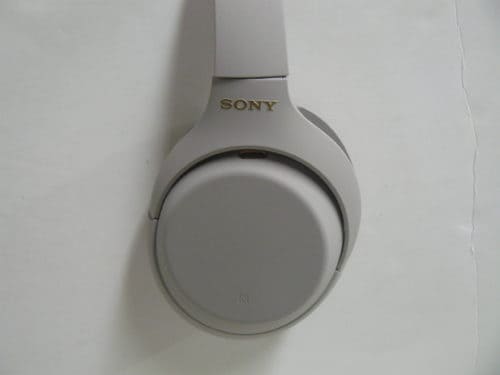
Soundstage
You haven’t come to the right headphone if you’re looking for a vast and accurate image. The XM4 has a very distinct stage and timbre and it wears it on its sleeve. The XM4 outputs a tight, boxy image that reveals a pool of sound that resonates well but lacks clarity in some areas. It’s a more “fun” sound akin to JBL, with a big impact and, a v-shaped signature.
Low End
Though the latest in the XM series isn’t what I would consider a bassheads headphone, it bolsters some nice textures that give the XM4 a grander feel. The impact is well replicated, and some bass elements have a deep, throaty feel. It’s a boomy tonality that benefits from explosive rock and electronic tracks, where kick drums punch you straight in the face. It’s a rumbly, growly timbre that works great for some genres.
Mids
The XM4 takes on a mostly v-shaped signature that suffers from some muffled low-mids. Some performances enter a garbled tone that shakes the signature in a pool of bass and low-mid mixtures. Vocal performances can sometimes have trouble cutting through the rumbly, aggressive low-end.
Highs
Using certain noise-canceling, and ambient control options deeply affect the high-end response. In ANC high-end elements feel compressed and tightly controlled, making cymbals and ringing piano keys not ideal to listen to in the XM4. Without ANC it doesn’t get much better, but there is a more ample top-end feel.
Summary
Despite having a ton of features, and still reigning king in noise-cancellation technology, I’m still not very into this line as much as some people are. The signature doesn’t impress me when comparing it to other wireless headphones like the Strauss and Wagner BT501 or Beyerdynamic Lagoon ANC. For $349 it’s a bit overpriced, and if you already own the XM3 I don’t exactly see a reason to upgrade.
Pros and Cons
Pros: Noise-Canceling, Wireless connection, Good battery
Cons: Overpriced, average signature
Sony WH-1000XM4 is available at Audio 46
MAJORHIFI may get a commission from retail offers.
Compare the ranking of various headphones, earbuds and in-ear monitors using our tools.
Discuss this, and much more, over on our forum.
---MAJORHIFI may receive commissions from retail offers.


